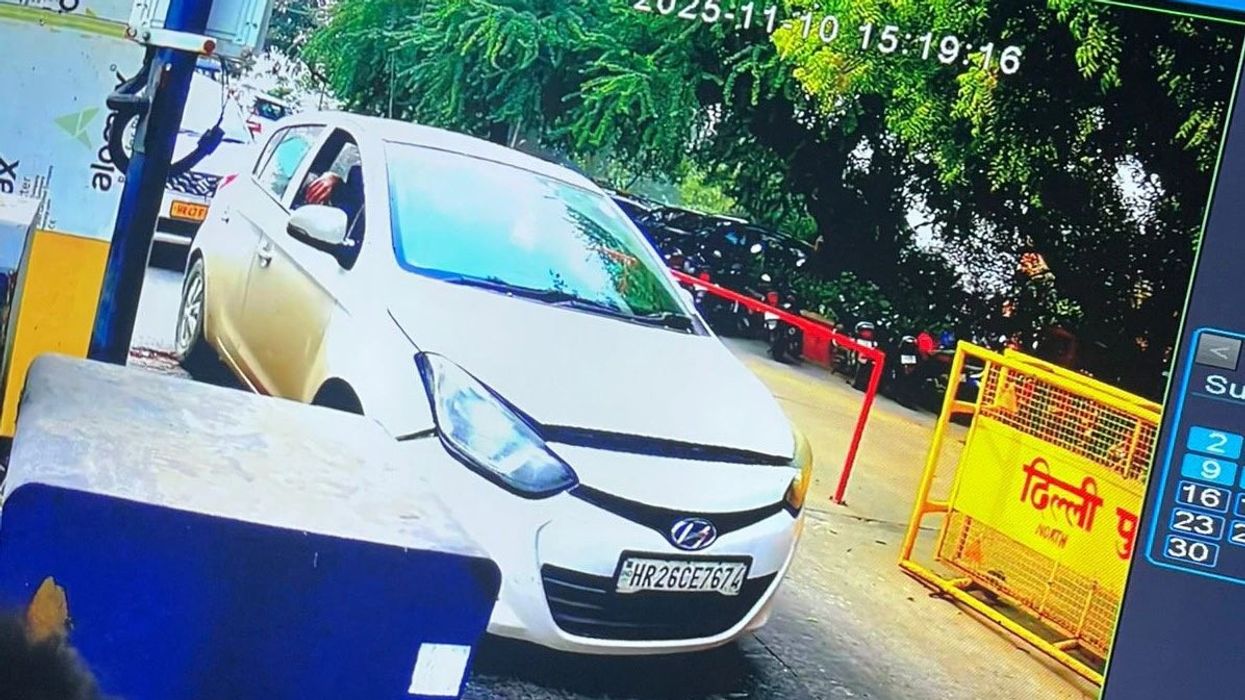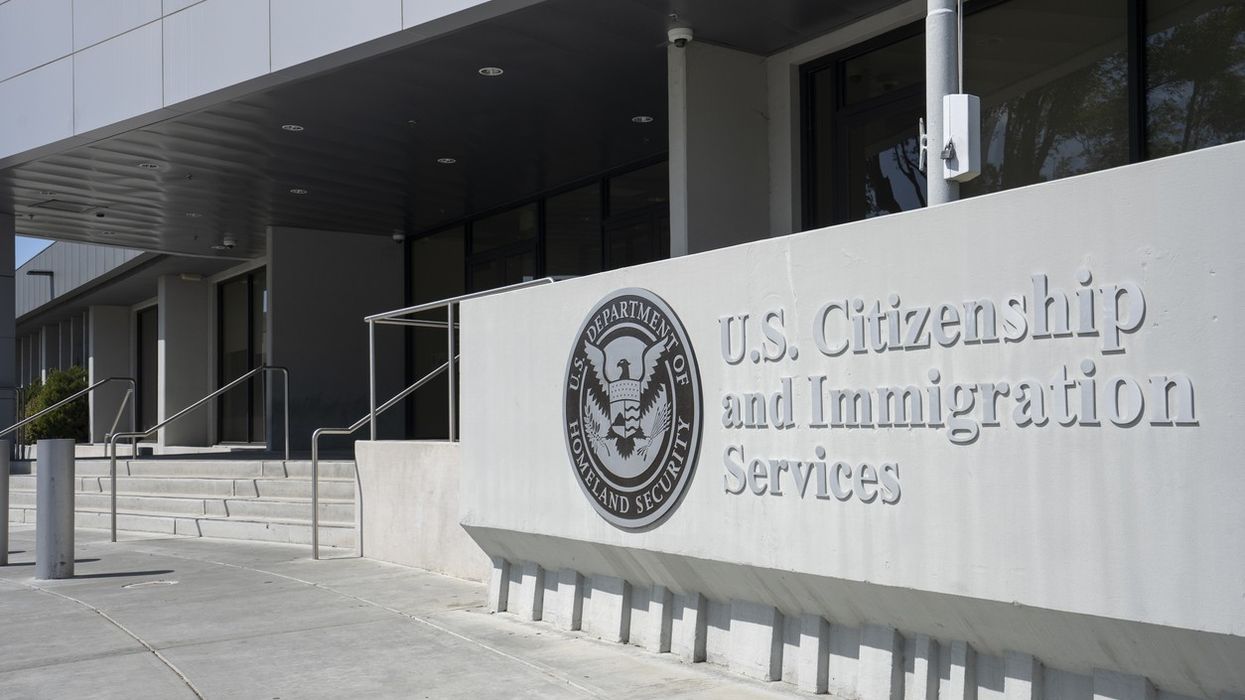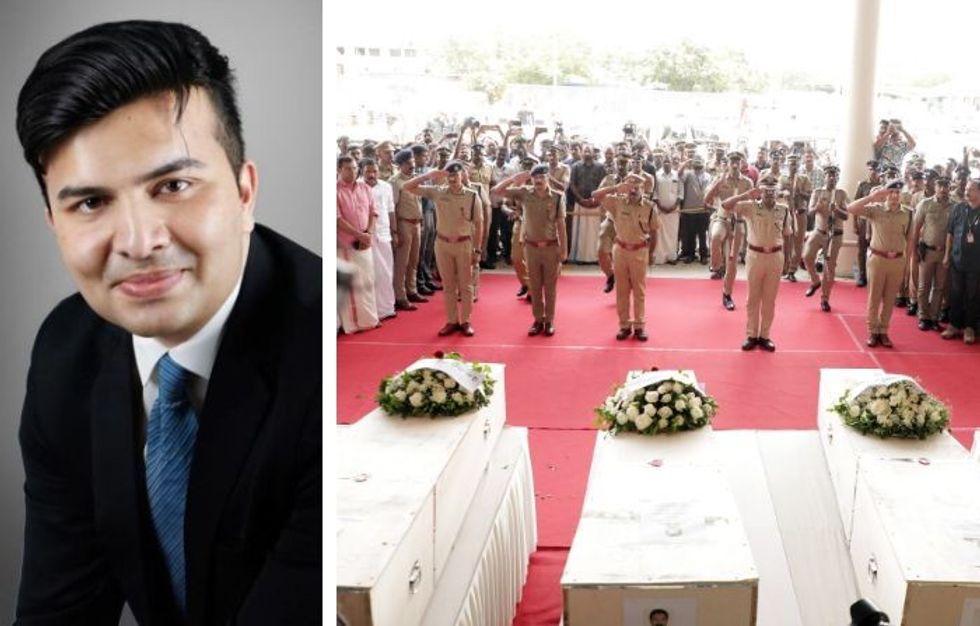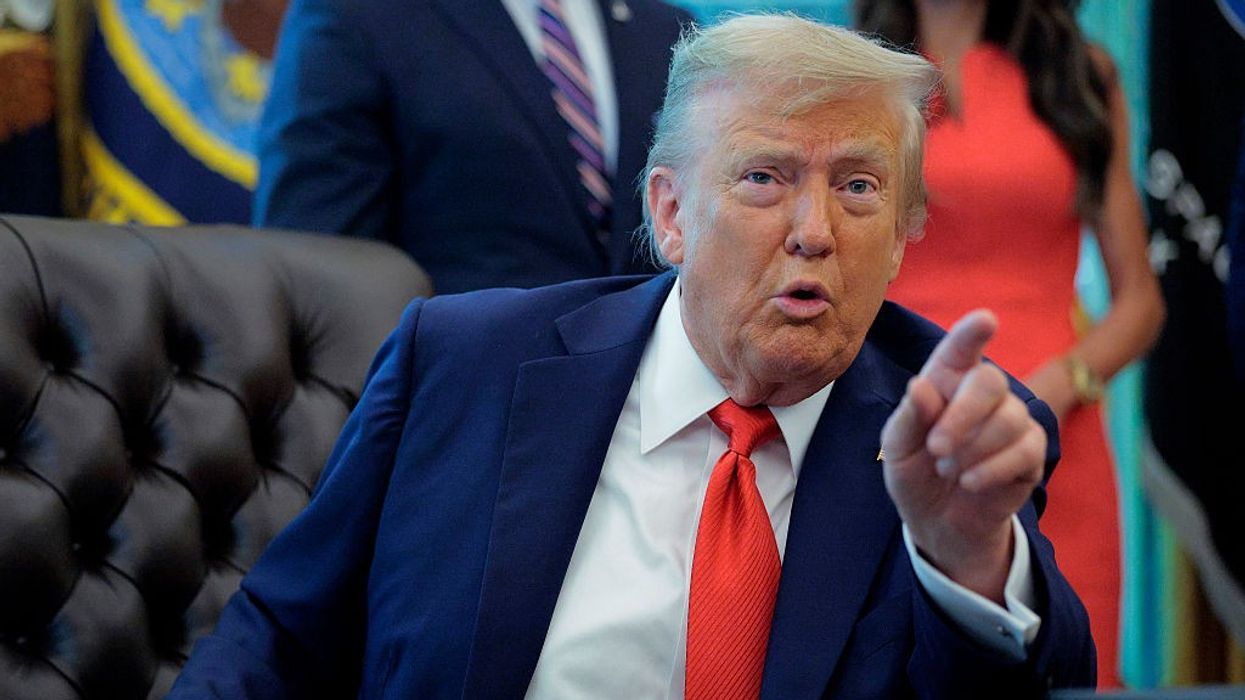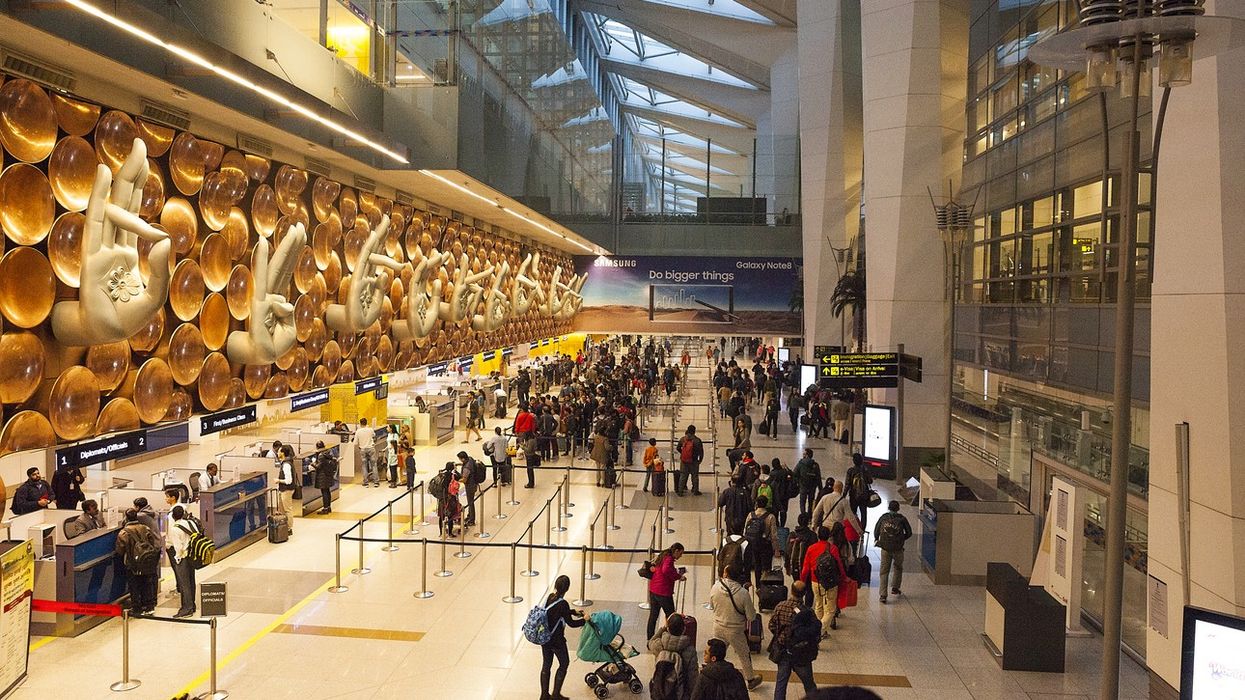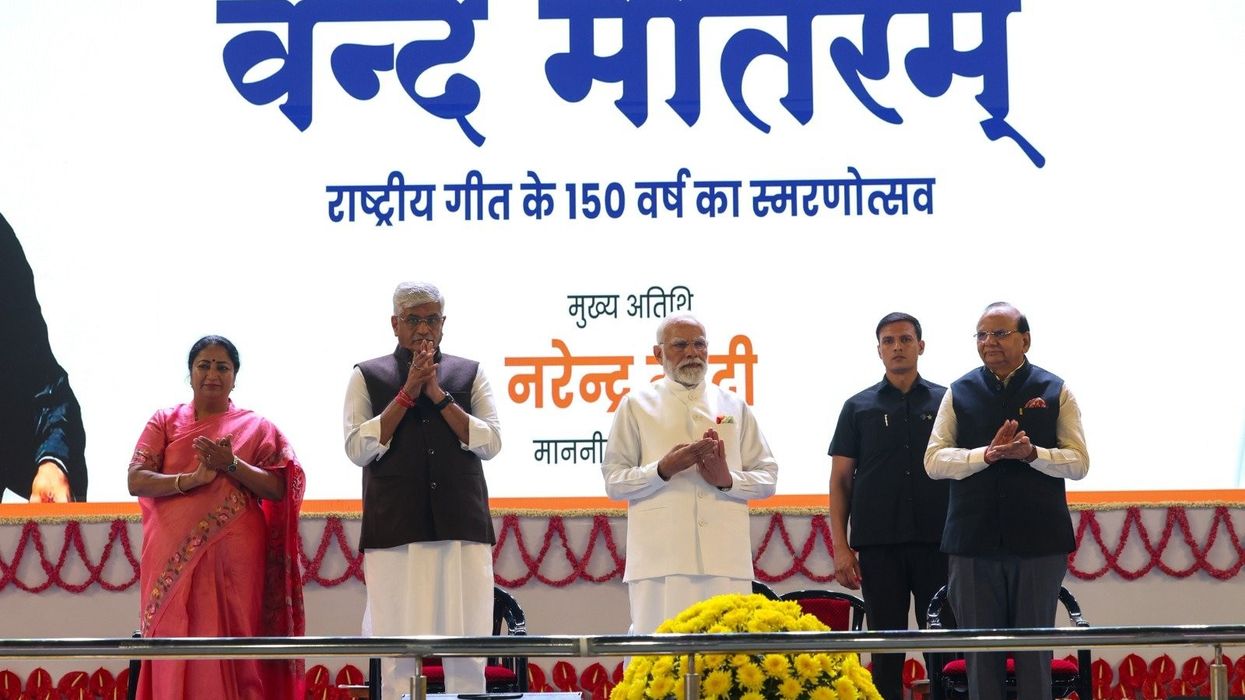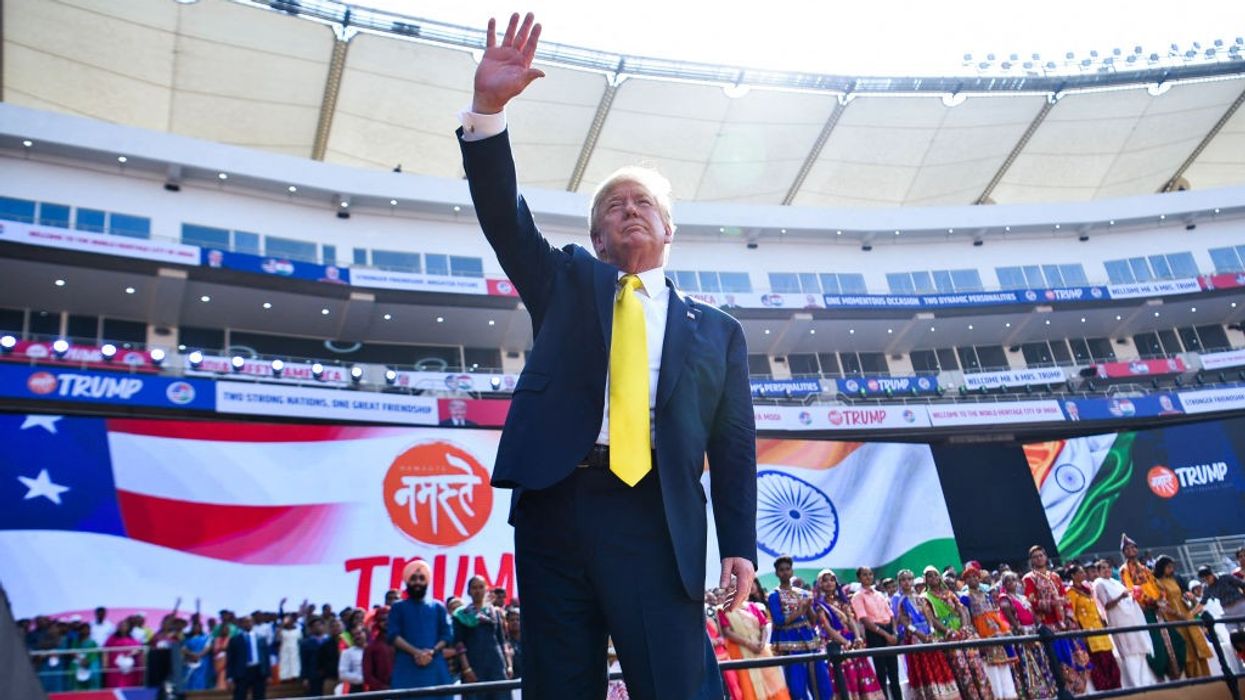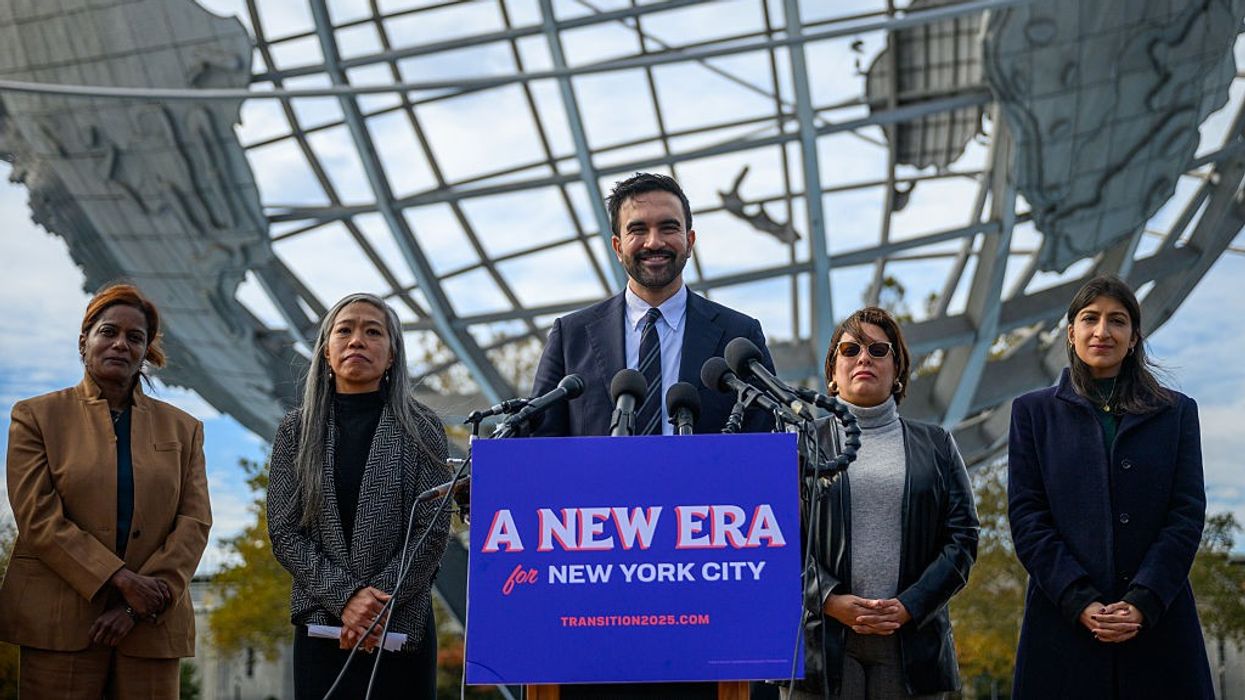Highlights:
- Blast occurred near Red Fort Metro Station around 6:52 pm.
- Nine people confirmed dead, over 20 injured and admitted to hospitals.
- Delhi Police invoked UAPA after suspected terror links emerged.
- 3,000 kg explosives recovered in Faridabad linked to the same module.
- NIA now leading probe; several doctors from Al-Falah University in custody.
A powerful blast near Delhi’s historic Red Fort on Monday evening left nine people dead and over twenty injured, leading to the city being placed on high alert. The explosion occurred around 6:52 pm inside a Hyundai i20 car at a traffic signal close to the Red Fort Metro Station. The busy area, normally crowded with commuters and tourists, quickly turned into a scene of chaos as damaged vehicles, smoke, and injured people lay scattered on the road.
Initial police response indicated that this was not an accidental incident. Forensic teams, bomb disposal units, and senior officers soon arrived at the scene. Intelligence inputs suggested that the blast could be linked to a larger terror network, prompting Delhi Police to invoke sections of the Unlawful Activities (Prevention) Act (UAPA). Soon after, the case was officially handed over to the National Investigation Agency (NIA), India’s top anti-terror body.
The investigation gained urgency after it came to light that the explosion was connected to an earlier seizure of nearly 3,000 kg of explosive materials in Faridabad, Haryana. This massive stockpile was recovered by the Jammu and Kashmir Police from two residential buildings, leading them to suspect a well-organized terror module operating in the region.
Several doctors associated with Faridabad's Al-Falah University came under scrutiny, with three more being taken into custody on Tuesday for questioning.
According to sources, the suspected bomber has been identified as Dr. Umar Mohammad, who owned the car used in the blast. Authorities believe he panicked after two key module members, Dr. Mujammil Shakeel and Dr. Adil Rather, were arrested and the explosives were seized earlier in the day. He is believed to have gone underground three days before the blast and had switched off his phone, causing concern among his family. Investigators say ammonium nitrate, the same material recovered in Faridabad, was used to make the explosive device.
The Delhi government has set up helpline numbers for families of the injured and deceased. Most victims have been admitted to LNJP Hospital and AIIMS Trauma Center, where medical teams are on emergency duty. Meanwhile, the Lal Quila Metro Station has been temporarily closed for security reasons and will remain shut until authorities complete their investigation in the area.
The seriousness of the incident has led to responses from international leaders. Bangladesh’s prime minister and Japan’s prime minister Sanae Takaichi have expressed condolences and condemned the attack.
Indian home minister Amit Shah chaired review meetings with senior officials and directed agencies to track down every individual connected to the incident, stating that those responsible will face the strictest action.
As the probe continues, Delhi remains on heightened alert, with security being tightened across sensitive landmarks, government offices, and transport hubs.
